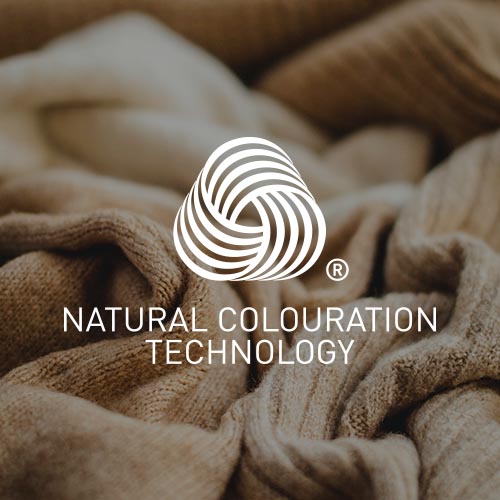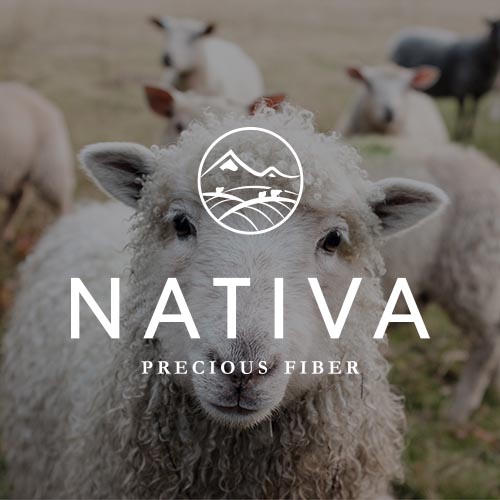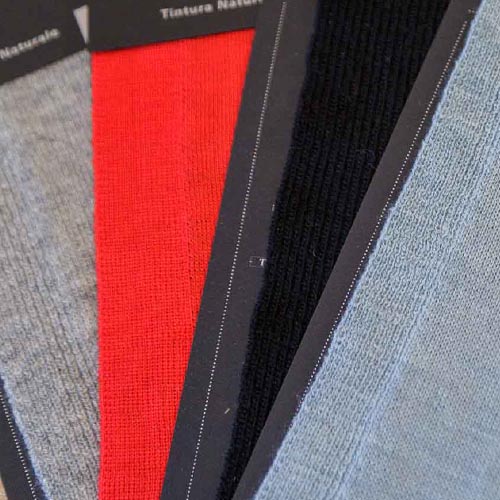Contact info: +39 015 94941 | info@tintoriadiquaregna.it

Founded in Biella in 1948 by Alfredo Mello Rella, over the years it has strengthened its roots in the area, opening up to an increasingly international market.
Natural Yarns dyed with herbs. From Quaregna to the world.
Quality Guarantees
NATURALE is the first natural coloration technology in the world approved by WOOLMARK
Animal Welfare
A special collection of yarn has been realized using even 100% NATIVA merino Extra fine wool
Different organic fibers
Wool, cashmere, alpaca, mohair, silk and cotton both on the yarn and in tops or staples.

HERB DYEING: Natural Colors Palette
Make your knitwear even more sustainable with precious organic natural yarns dyed with herbs

Tintoria di Quaregna has developed NATURALE a proprietary 100% natural dyeing process.
Herb dyeing, applied to industrial purposes, with no chemical dyeing processes.
No Chemicals
No Additives
No Dye Powders
No Extracts
What is different from other ecological dyeing?
Many companies propose so-called “natural” dyed yarns, but:
1
Some of them employ extracts instead of herbs together with some chemical substances to enhance the final color
2
Some others use not entirely natural dyeing techniques: a compromise between a chemical and natural process
A Real 100% Natural dyeing technique
NATURALE TECHNOLOGY uses exclusive protocols prepared with 212 different plants, herbs, roots, flowers and tree bark: a real 100% Natural Dyeing technique.
What are the benefits for the people and the environment?
That’s why at Tintoria di Quaregna, we’re guiding a real change into the market to produce the next generation products through natural dyeing.
1
Reduce chemicals and toxic substances by using only herbs and natural elements
2
Reduce waste and emissions
by recycling production rejects as fertilizers in farming or biomass for renewable energy production
3
Counteract climate change
by reducing CO2 emissions into the atmosphere, replacing the use of textile synthetic dyes derived from petroleum with CO2 absorbing vegetable farming
4
Reduce pollution
because the colors, obtained by natural dyeing process NATURALE are biodegradable


